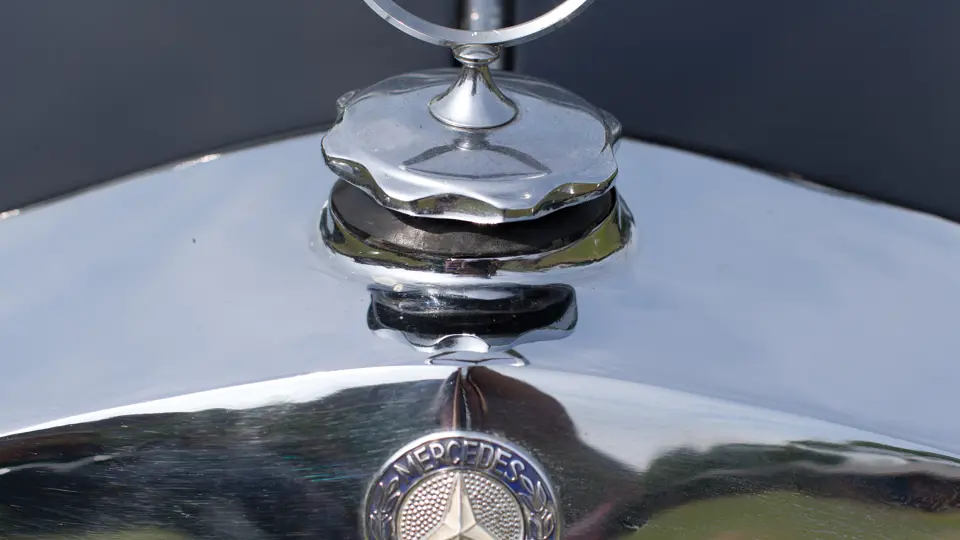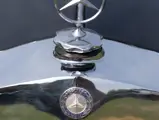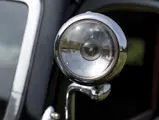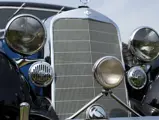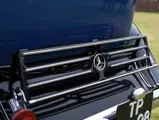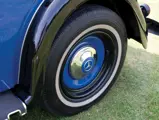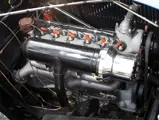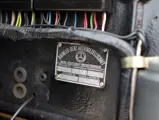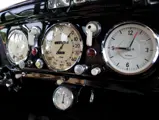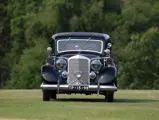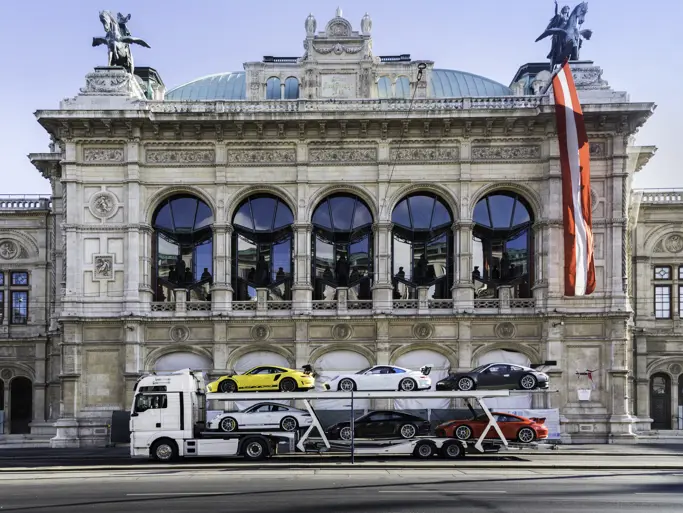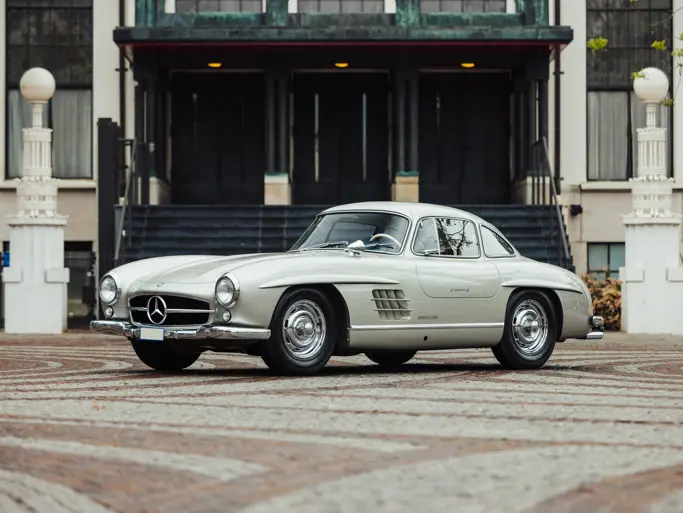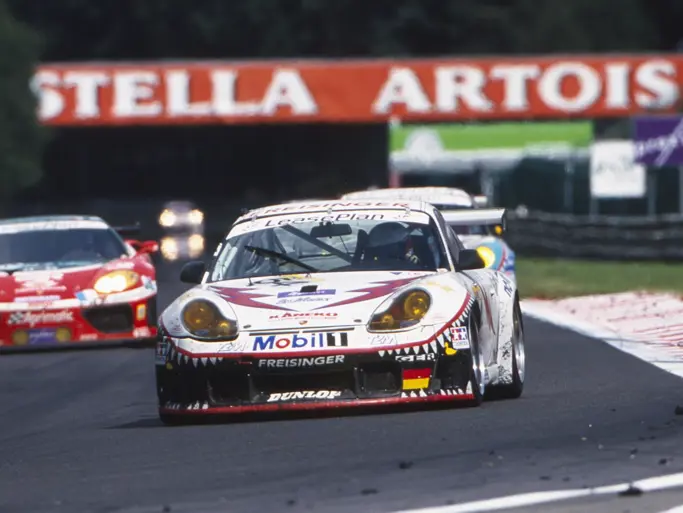59 bhp, 2,867 cc side-valve inline six-cylinder engine, three-speed manual transmission with overdrive, transverse leaf-spring front suspension with coil springs, coil-spring rear suspension, and four-wheel hydraulic drum brakes. Wheelbase: 3,300 mm
Whilst larger Mercedes-Benzes of the early 1930s boasted increasingly larger and more powerful eight-cylinder engines, the company’s upper-to-mid-range of models featured six-cylinder power with similarly luxuriant bodywork. New for 1933, the 290 series boasted hydraulic brakes, still an innovative feature for any automobile, independent front suspension, and a 60-horsepower engine. Available body styles covered the gamut from convertibles to limousines, with the Pullman Limousine representing the peak of the line. It was a car for well-to-do families and lower-level politicians, as it commanded attention with its stately lines, but it lacked the vast cost of a 380 K.
The Pullman Limousine offered here is finished in an appropriately understated two-tone black and ultramarine blue, with an interior in conservatively pinstriped grey cloth. Cosmetically restored many years ago, it could benefit from fresh attention, although much of the chrome remains original and presentable for driving. As one would expect of such a large and prestigious model, the car is well equipped with Bosch headlamps, a driving lamp, and powerful dual horns, as well as a sliding glass partition to keep passengers’ conversations private from the chauffeur. Mounted below the partition is a small vase for fresh flowers, the perfect touch for a formal evening. A rear-mounted luggage rack enables long-distance touring.
Not often seen today, this 290 Pullman Limousine would be an ideal car for anyone looking to offer chauffeur services with distinction, or for the family looking for a classic Mercedes-Benz for touring. Surely no other limousine would look as elegant arriving at Villa d’Este or St. Tropez.




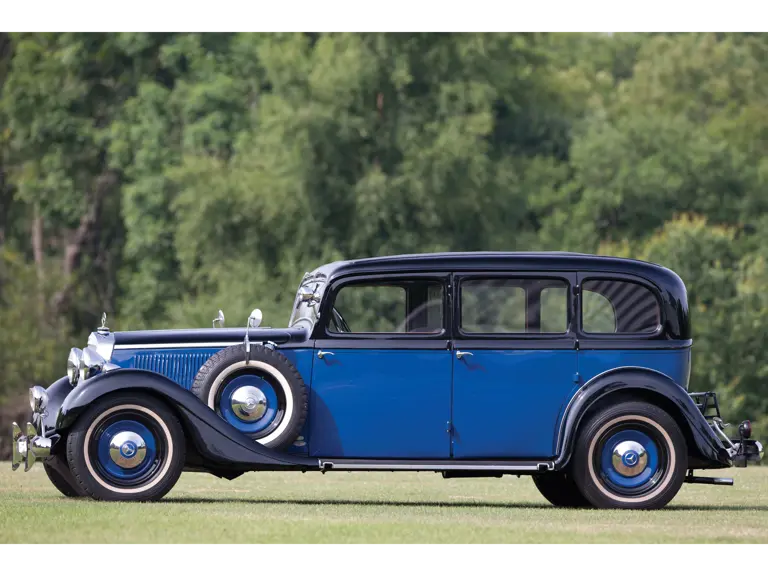

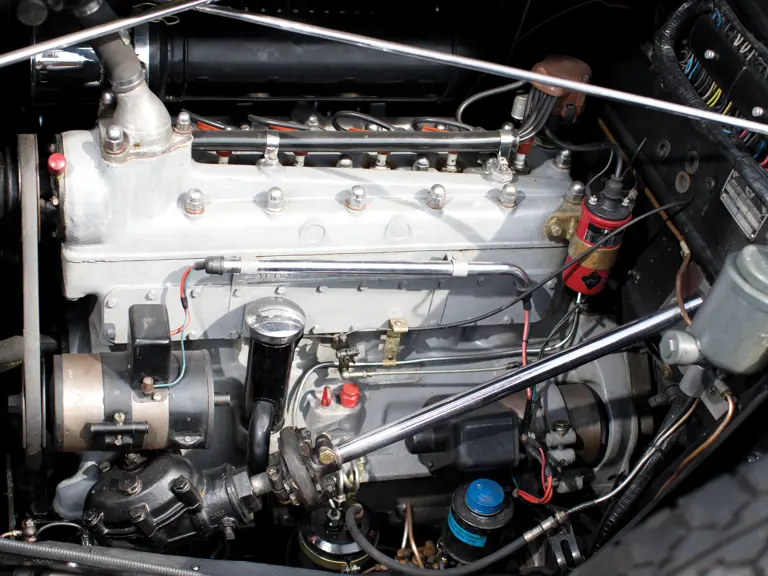
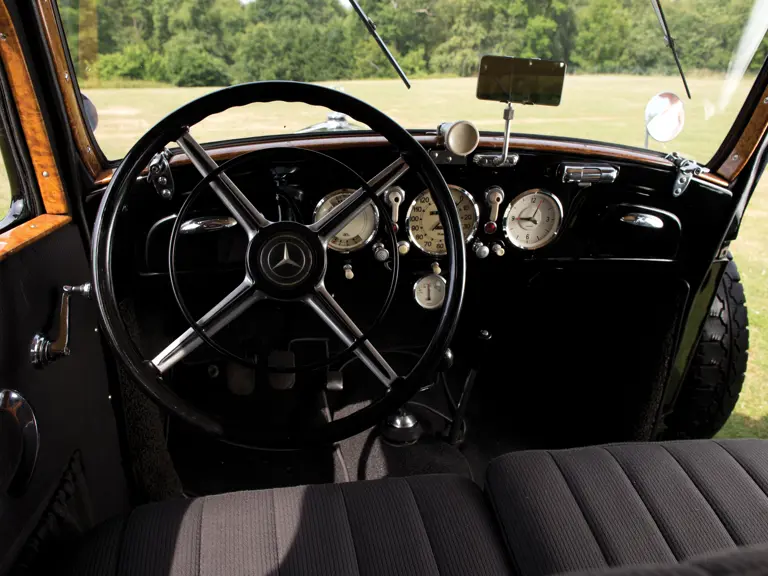
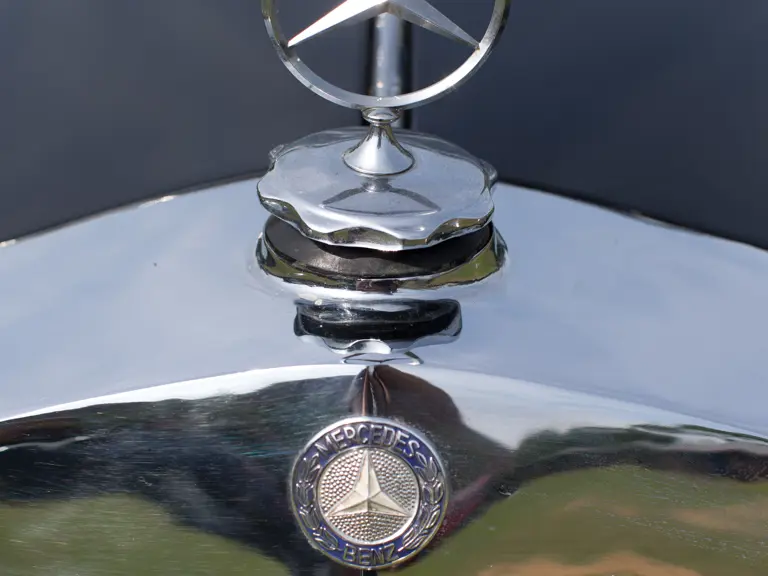
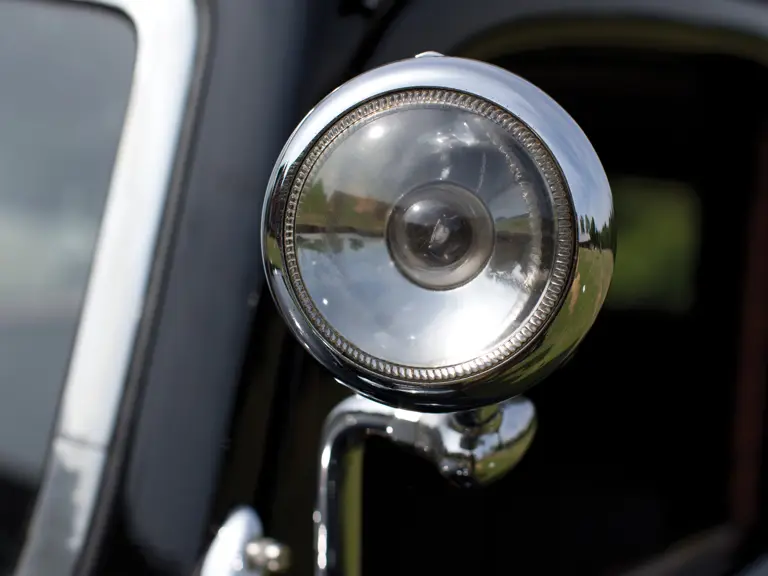
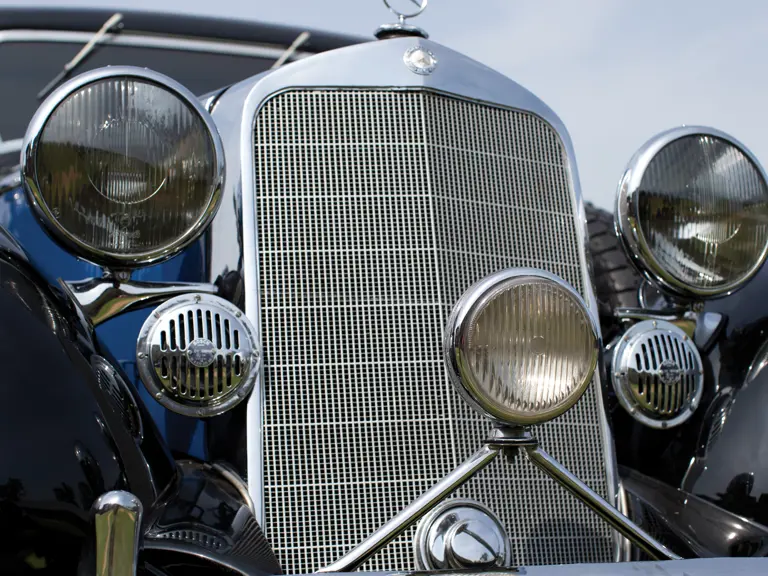
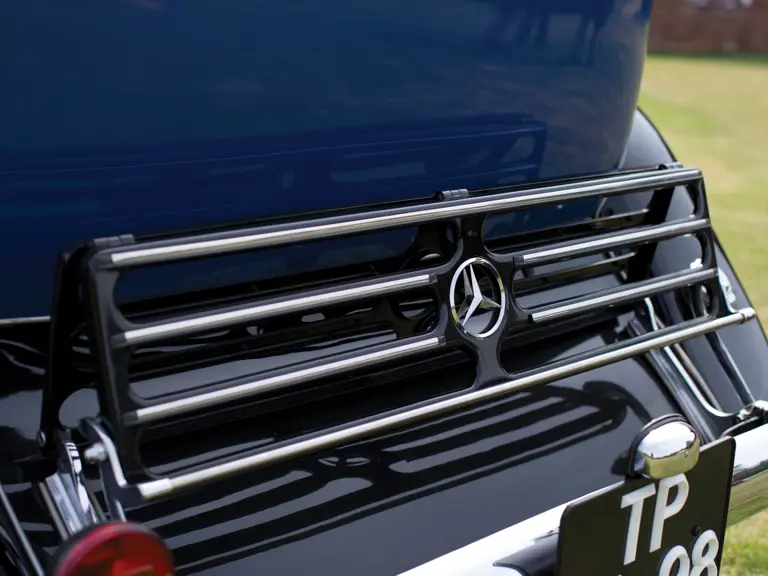
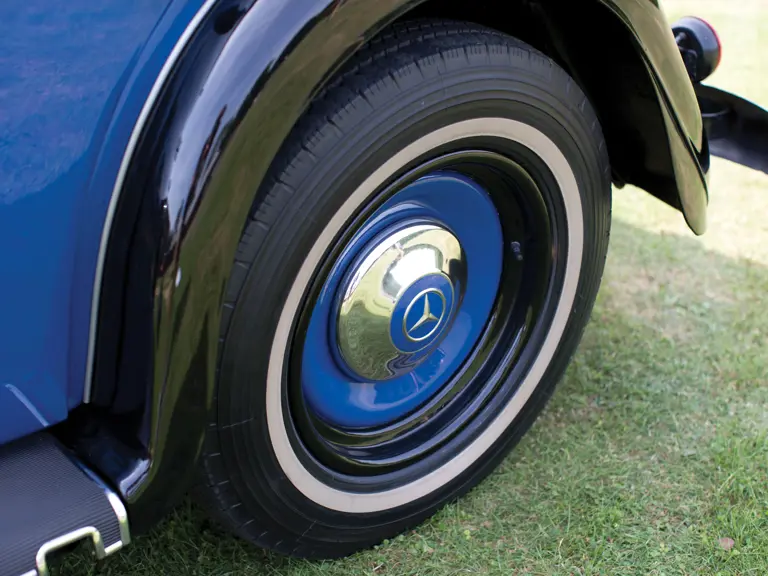
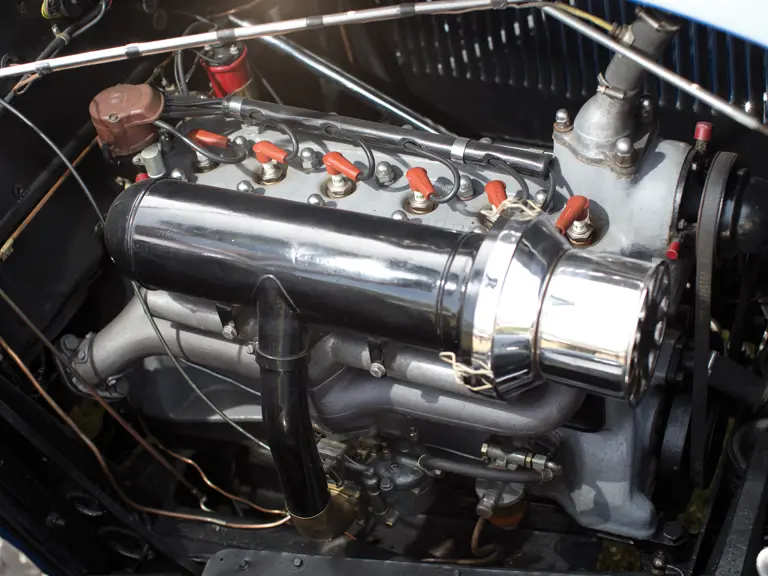
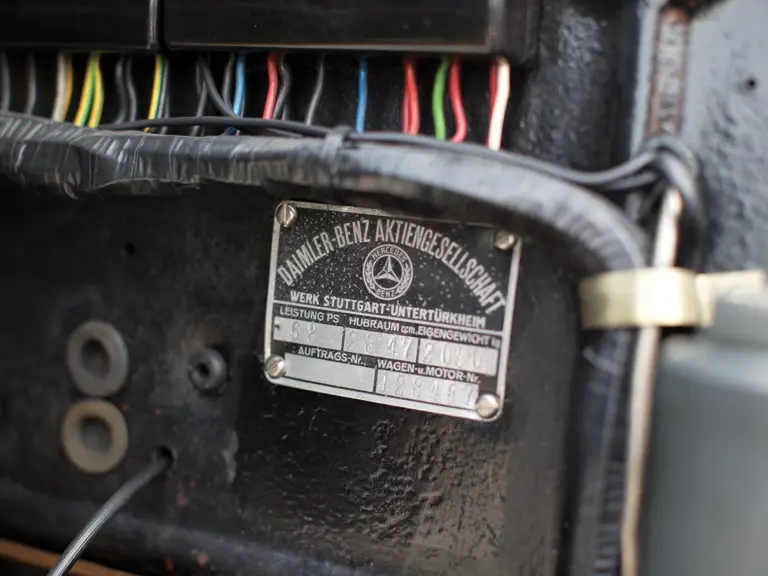
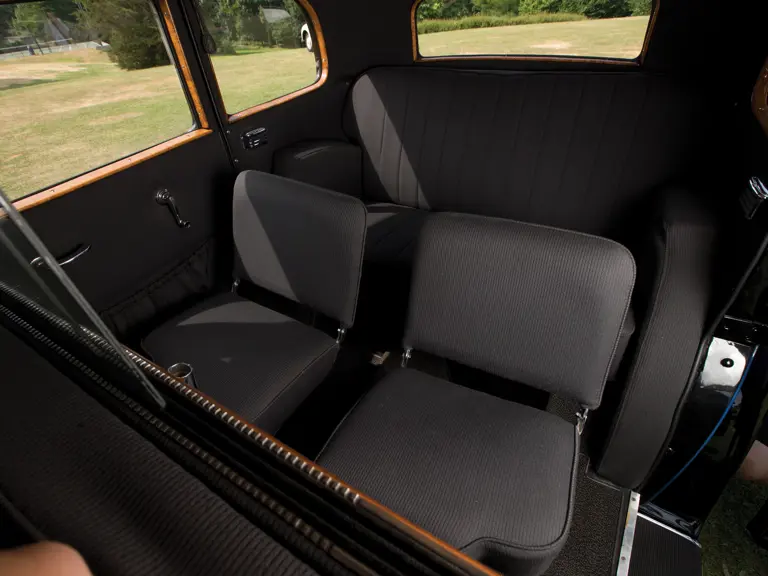
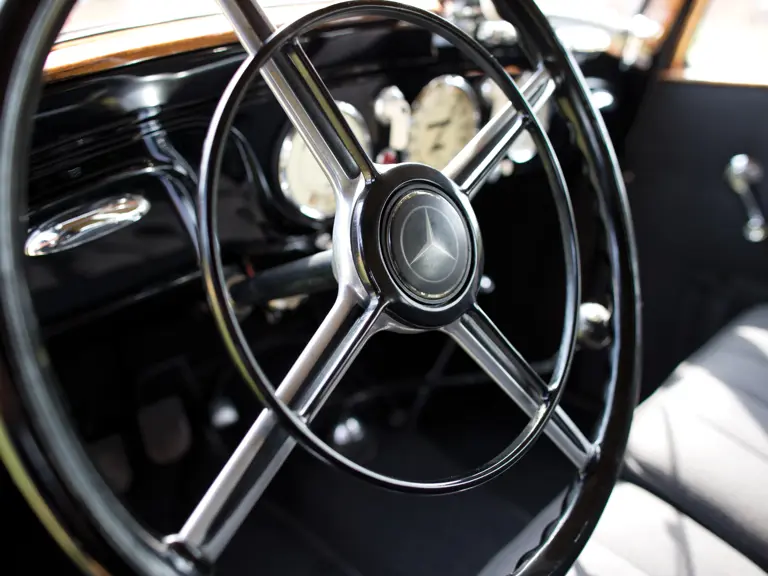
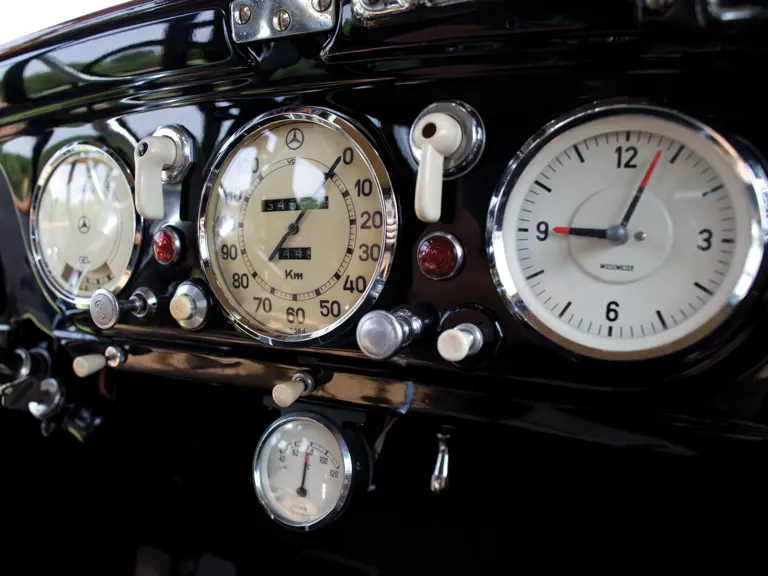

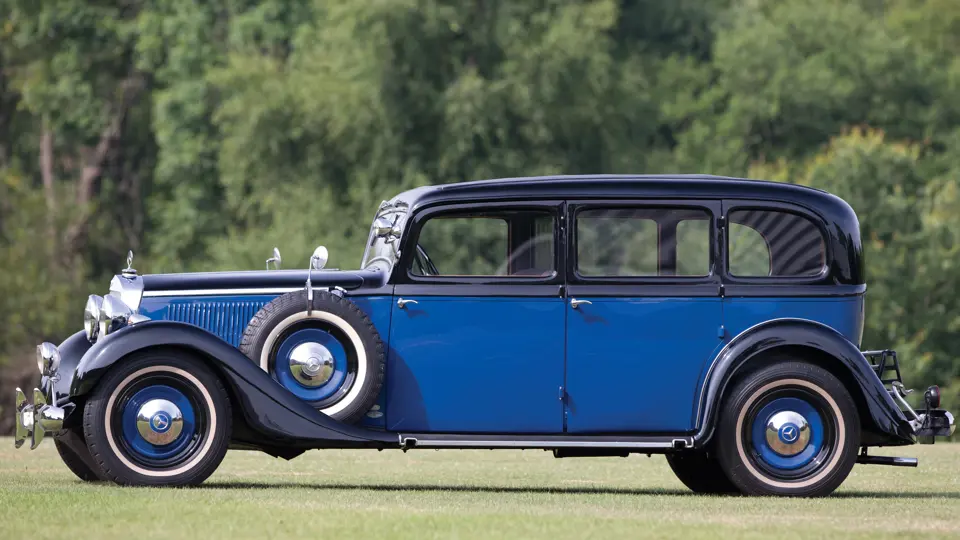
 | London, United Kingdom
| London, United Kingdom
